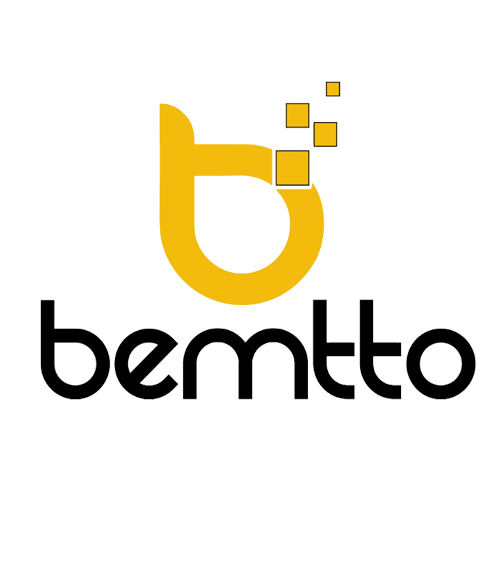First, you need to train your in-house team to use the project management tool. And this could take weeks, especially if you’ve never used it before. Outsourcing, be it the traditional or white label, has been the backbone of many modern industries. According to a recentDeloitte survey, 70% of companies embraced outsourcing as a means of cost reduction, while 40% sought it to ensure flexibility. Let’s take a look at the hybrid work model and how it can reframe your work culture by combining the benefits of office and remote work into the best of both worlds. Remote work is not traditional work which is simply conducted in a home office instead of a company office.

Accenture’s 2021 Future of Work Survey found83% of workers favor hybrid work over other options. Supporting distributed and traditional work models allows employees to work however best fits their unique needs. The greatest drawback of a hybrid model is a more significant cultural shift than even distributed work. In today’s world, outsourcing is probably the best way to run a successful, highly profitable, and agile digital agency.
The benefits of hybrid work (and the disadvantages)
The extensive use of remote work under COVID-19 constituted a major organizational transformation. However, the implementation of remote work during COVID-19 was hurried, and new technologies and operating systems have had to be implemented without previous testing or training. Organisations reported concerns about losses in culture and productivity whilst workers were more concerned about declines in social interactions, internet connectivity and increased workload.

During the Information Age, many startups were founded in the houses of entrepreneurs who lacked financial resources. By contrast, the digital workplace offers fewer opportunities for pseudo-productive activity, and there is a greater emphasis on turning in work. Productivity would be better measured by thinking in terms of objectives rather than tasks.
The traditional office
Make sure you use keywords from the job posting to help your resume get through the applicant tracking system and to demonstrate that you speak the same language and are an excellent fit for the role. The answer to these questions could always be “yes” or “no.” So, it’s crucial you have a good understanding of what “remote” work means and what it doesn’t. With these questions, you open a dialogue https://www.globalcloudteam.com/ about how they will use technology, how often you will communicate with your manager, and how you’ill collaborate with your teammates. You can also ask what the onboarding plan looks like, including training and getting to know your new work colleagues. Working from home requires a certain level of self-discipline, focus and concentration; if you don’t have them, you should work from office.

You can work from the comforts of your home, coffee house, co-working space, or anywhere you like. All you need is your work setup and a strong internet connection. As remote work becomes popular, more and more employees prefer it because of the control of time and freedom it offers. However, there are also some challenges that come with the work arrangement. The remote and hybrid work models have become more prevalent due to the pandemic-induced shift.
Distributed team
Still, 74% of professionals expect remote work arrangements to become the norm. So, if you go for a hybrid or fully remote setup, having some form of off-site work will benefit your team and company immensely. Lack of human touch — It’s safe to say that nothing beats face-to-face interaction, and for virtual teams, this is virtually non-existent and can also affect work dynamics and culture. Here is how to motivate employees even without face-to-face exchanges. More flexibility for workers — Remote work awards workers more flexibility, which can greatly increase employee morale.
Collaboration in a remote setting is demonstrated by empowering the greatest amount of people to contribute insights asynchronously while enabling the DRI to make decisions without explanation. With remote work here to stay, more companies are investing in the systems their workers need for flexible work environments. You’re probably in the best position how To manage a remote team to work remotely – congratulations! Think about your clientele and whether it is necessary to be available for in-person meetings. If you think that more than 80% of your work can be done virtually, then think about a trial remote work period. Start with one week and build up to longer stretches of time that feel comfortable to you and your clientele.
Join the community of 150+ Digital Agency Owners.
Using asynchronous communication and various online platforms can help you overcome it and work productively with a remote team across multiple time zones. Clarity in a digital workplace comes from setting expectations, communicating well and often, and having tools that provide visibility and promote connectivity among the team. Camaraderie is more challenging because it can seem artificial if done poorly.
- However, one of the cons of a remote job is that it can be isolating.
- Ensure the office offers what they need to work in the best way for them.
- GitLab managers are expected to coach their reports to utilize asynchronous communication, be handbook-first, design an optimal workspace, and understand the importance of self-learning/self-service.
- In the other type of arrangement, the company commits to hiring the best person for the role no matter where they are located, and in-person work is not required.
- They can be utilized by people with full-time jobs, freelance careers and even entrepreneurs who want to rent out an office space for themselves or their small staff.
Access to a global talent pool — There’s a lot of stigmas when it comes to offshore outsourcing. But many companies hire offshore staff because they find a better candidate who isn’t in the same place as the company’s headquarters. But there will be some level of flexibility when it comes to where they will work. They can obviously choose to work from home or even more around if they wanted to while bringing a laptop with them. The only necessity for work would be a stable internet connection. There may be a drop in remote worker productivity, which could be due to inadequate office setup.
What Is Remote Work?
It’s one you can do outside traditional office or in-person settings, with a majority of them being performed entirely online. While job titles like writer and coder spring to mind, human resources, teaching, and sales positions can all be remote jobs. Productivity increases – There are many case studies and research findings that point to an increase in productivity for people who have work flexibility. A chance of pace, environment, and atmosphere could be what people need to boost motivation. Remote work also cuts time spent outside significantly as it minimizes commutes.

While you’re still part of a team, when you work remotely, you don’t have the benefit of popping into a coworker’s cube to get some help or feedback. In that respect, you are working alone, but you still have to get the job done. That means you need excellent communication, problem-solving, and time management skills . Remote employees in a hybrid remote company may commute to the office one week per month while working from a location of their choice the rest of the month. There is a tendency for the remote team to feel separated from the on-site team, while the on-site team prefers to engage and collaborate with co-workers at the workplace.
Remote vs. Remote-First
Office wayfinding uses a map of your office so your employees can search for coworkers, available desks, meeting rooms, and more. Workplace technology, your employees can communicate with one another and get visibility about when coworkers will also be onsite. An organization can have a group of employees telecommuting from a moderate distance or working remotely from all over the globe. Users can break down projects into tasks that team members can track. Asana comes with a workload tool that simplifies the division of work among teams.
